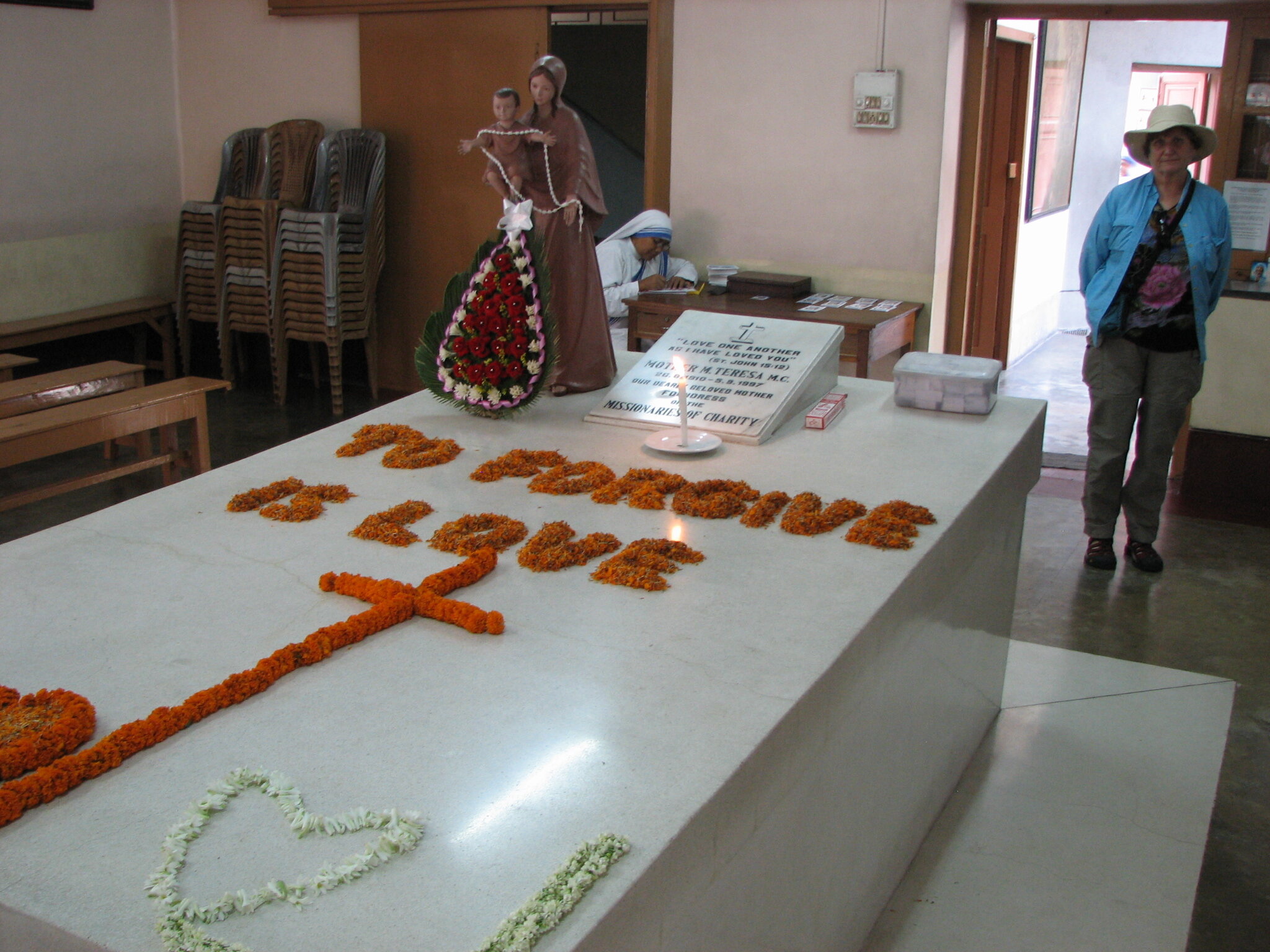Are you ready to go to India?
Are you ready to go to India?
I should clarify one thing right away. This trip was to Northern India. I have several Indian friends that had encouraged me for over a period of years to go to India. After this trip, I was happy to tell them that I went to India. But when they heard where I went, they told me, “That’s not India, Southern India is India”. I guess I have to go back to India again, only next time to Southern India.
This trip was from October 27th to November 22, 2009. It was with Overseas Adventure Travel trip and it included five days in Bhutan.
I will just show a handful of photos to give some idea of our trip and the places that we saw.
The first photo was taken in Old Delhi. That’s a place that I will never forget. The whole time I was there I felt like I was on the set of a Spielberg movie. Old Delhi was pure adventure at its best.
The second photo is inside the main courtyard in the Amber Fort in Jaipur. The elephants have been in use there for centuries. Today, they are used to convey tourists. There was also music playing. This was a great visit for us, full of history, beauty, and mystique.
Below is the Taj Mahal. We had a disrupted visit there but it was still a great visit. The Taj Mahal might be a tourist trap but it’s a great one and worth every minute that we spent there plus every trinket hawker that we fought off there. The Taj was a trip highlight.
Below, we are in the village of Khajuraho. We visited some Chandelas Rajputs temples constructed back in the 9th to 12th centuries. There were originally 85 temples but only 22 stand today, although there are still more large mounds that haven’t been excavated. Each temple took 20 to 25 years to construct.
The last photo is in Varanasi, at the Aarti Ceremony. The ceremony and all of Varanasi were true trip highlights, including two boat trips out on the River Ganges.




































































